The history of the concrete cows
There are two things that Milton Keynes is best known for: its roundabouts and its cows, its Concrete Cows that is. Together, these two have become shorthand for the place. The cows are at their most brutal looking in this picture, a sad serenade to the dying Midsummer Oak tree. The 150-year-old tree was carefully accommodated in the original layout of Central Milton Keynes and survived for a few years as the centrepiece of the Intu shopping centre extension. For a few years, it even boasted its own subcultural tribe, known locally as the Treebos, a loose collection of punks and goths who made it their base. Even then it was becoming an excruciatingly slow victim of poorly designed commercial drainage.
Together, the cows and the Midsummer Place Intu shopping centre extension they were placed in, look like all that the Milton Keynes planners got wrong. A cautionary tale for what happens when commerce triumphs over people and trees. There is a truth to that - Intu is very big business after all – but it’s not the whole truth.
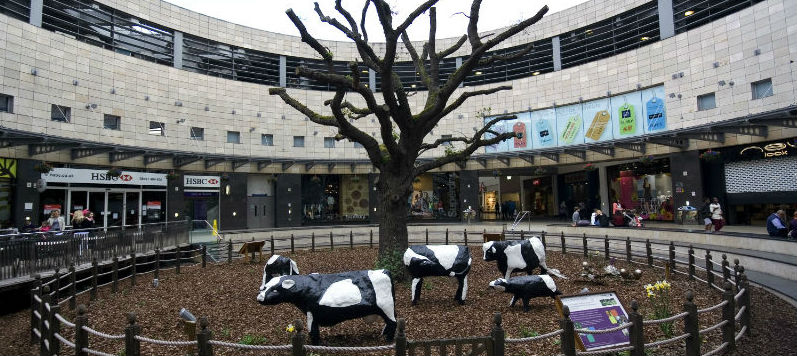 Concrete Cows, 2012 Intu shopping centre
Concrete Cows, 2012 Intu shopping centre
The originals, a small herd of three cows and two calves, were created in the late 1970s by the Milton Keynes Development Corporation’s first community artist-in-residence Liz Leyh, with help from some of the town’s first, school-age citizens. The cows soon became a contentious symbol for everything that was wrong with Milton Keynes and the very idea of building new towns in old countries. They were fabricated models of the real thing, half-sized and made from scrap, a pale bloodless imitation. Instead of a ‘real’ place with ‘real’ history Milton Keynes was also branded an inferior simulation, a strange and inhumane place, lashed together with cheaply reinforced concrete.
The critique is ironic. The cows were a community art project. Community art is, by definition, democratized cultural activity, since it requires, well, a community and an artist. As with Wall Street’s Charging Bull and Fearless Girl sculptures, the politics of intent and reception get mixed up over time. Charging Bull started life as a piece of guerrilla art and now embodies popular ideas about high finance; Fearless Girl has become a symbol of grass-roots challenge but was originally commissioned as part of an index fund’s marketing campaign. Milton Keynes’ Concrete Cows are a legacy of the Development Corporation’s efforts to take culture seriously, to build a place that would develop a mind of its own. Community drama, community centres, community workshops, and community artists were not an afterthought. They were an integral, infrastructural element of the place from the start.
Another irony is that the raw material of the cows, concrete, is largely absent from the town/city itself. ‘Brutalism’, with its negative, impersonal and fortress-like connotations, is a term that is often misused. Milton Keynes is not brutalist. Its architecture is much less grandiose than the political, utopian commitments to civic transparency, community development and social inclusion that signified the brutalist project originally. Brutalism was meant to convey memorability of image, expression of structure and honesty to materials. That did not stop it from becoming code for ‘1960s ugly’ as water stains spread, rust leached from steel reinforcing bars, and concrete crumbled. Much of brutalism’s poor reputation today is just a symptom of poor maintenance.
Iconic shopping centre
 Milton Keynes, Queen's Court in The Shopping Centre
Milton Keynes, Queen's Court in The Shopping Centre
Milton Keynes has a central shopping centre that was described by Sir Nikolaus Pevsner as the best looking in the British Isles – high praise in a nation of shopkeepers. It is clad in over half a kilometre of mirrored glass and is bordered to the south by Midsummer Boulevard, a street that follows the summer solstice line. Sat at the top of the ridge, around which the grid roads shift and curve, the glass and steel shopping centre, opened by Margaret Thatcher in 1979, is a cathedral of high street brands. Inside there is Italian travertine marble lit by clerestories. Outside, there is an ordered sequence of porte-cochères and underpasses designed to protect shoppers from passing cars and guide them safely inside. Camped in the same underpasses today there are people busking, begging, eking out. There is a brutality dividing the people with bags full of new stuff from those living out of bags, tents and old trollies, but there is not much concrete.
I always thought eternity would look like Milton Keynes - JG Ballard
Milton Keynes' cultural identity
At its utopian outset from the mid 1960s to the 1970s, Milton Keynes was infused with the post-war democratic consensus that a more just social equilibrium was worth striving for. As the city became more established, with a more developed infrastructure and increased private investment, the role commercial capital played in its emerging cultural identity grew more visible. Milton Keynes was always meant to be an accommodating host to global capital, it was promoted to the international corporate marketplace as a place to relocate and create local jobs.
This is what you would expect a new town/city to do. Attracting capital, to attract jobs to attract people who will slowly create a history, even ‘a culture’ for the place. This is also where the role culture plays in economies, in cities and capital gets interesting. The planners of Milton Keynes never took the view that culture would slowly emerge over time. They recognised that culture, like the ill-fated Midsummer Oak tree, was there already. If the new place was to thrive it had to both embrace what was there already and plan for what was to come. The discordant mixtures that this produced are plain to see in Sapphire Goss’s film. From the wonky tartan grid layout to its intense interpenetrations of glass, tarmac and green leaves, Milton Keynes is a monument to paradox. It is a proof of concept that cultural identity is, as Stuart Hall, former professor of sociology at the Open University, once remarked, ‘always a matter of becoming as well as of being.’
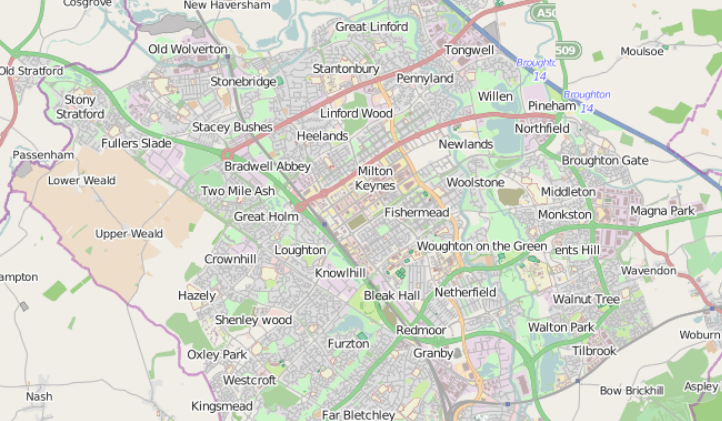 Map of Milton Keynes
Map of Milton Keynes
European Capital of Culture 2023
Milton Keynes has a brazen attitude to its own paradoxes. It calls itself a city, even though technically it is not. It is the mother of all new town jokes but its long-term residents are quietly, defensively loyal. It revels in its pragmatically curving, carefully planned and generously laid out grid system then breaks with it in the late 1990s to expedite commercial value extraction by building smaller, cheaper roads to much denser housing. Beneath all of this is one brutal truth – there is no clear water between the profane business of economy and the sacred activity of culture – and the town knows it.
Nothing illustrates that better than the story of the Milton Keynes bid to become the European Capital of Culture in 2023. There were four competing bids from Dundee, Leeds, Nottingham and a joint bid from Northern Irish cities Belfast, Derry and Strabane, in a process that began well before the UK voted for Brexit in June 2016. On November 23 2017, a month after the UK cities submitted their bids to the UK Department of Culture, Media and Sports (DCMS), the European Commission announced that UK bids were no longer admissible. A messy post-mortem to determine how this could have happened after the UK cities encouraged by DCMS, had spent time and scare local resources to develop their bids began immediately. The truth, as with all things Brexit, is elusive. What is clear though is that the whole story showcases uncomfortable dependencies between economy and culture. Cities want to be capitals of culture because they know culture brings capital. Cities as Michael Ignatieff puts it are moral operating systems and they accommodate some brutal inequalities.
They are mixtures of very rich people and very poor people, very connected people and very disconnected people, people with a big inheritance and people that are utterly disinherited. The interesting question is why—despite extreme, structural, long-term, ongoing inequalities—these places cohere in some fashion.
In the aftermath of the ECOC2023 drama, there was a lot of sympathy for the bidding cities. It just didn't always include Milton Keynes. Some journalists, including Sky News’ Faisal Islam omitted Milton Keynes from the list of contenders and The Daily Mash ran with the spoof EU official commenting ‘we honest-to-god just assumed that Milton Keynes was a joke’. One of the reasons these jokes are so easy is that Milton Keynes is an upstart, insisting that it had a cultural identity from the start and making little attempt to hide its instrumentalism. Why should it?
Learn more about brutal culture here.
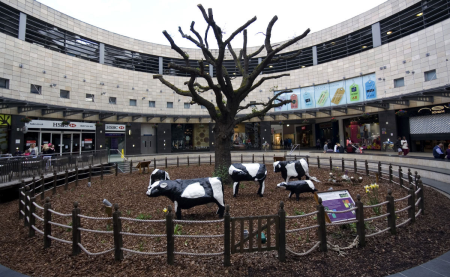
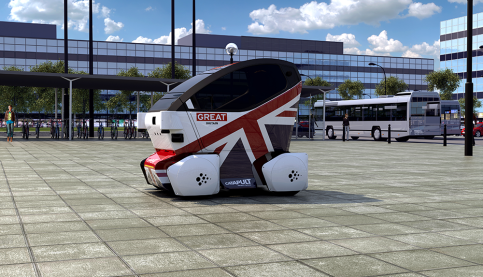
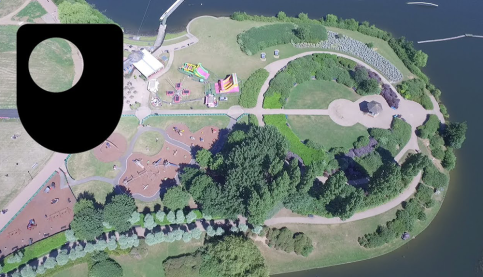
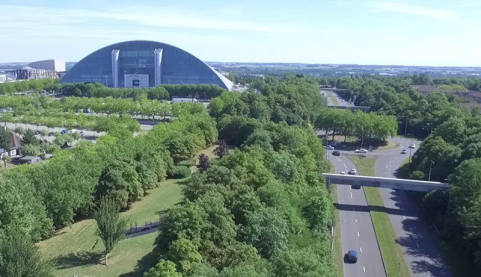
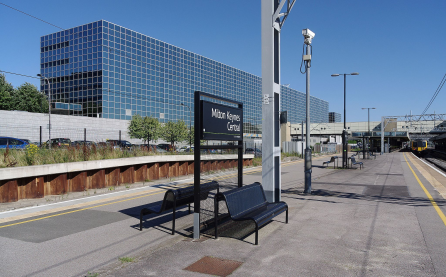
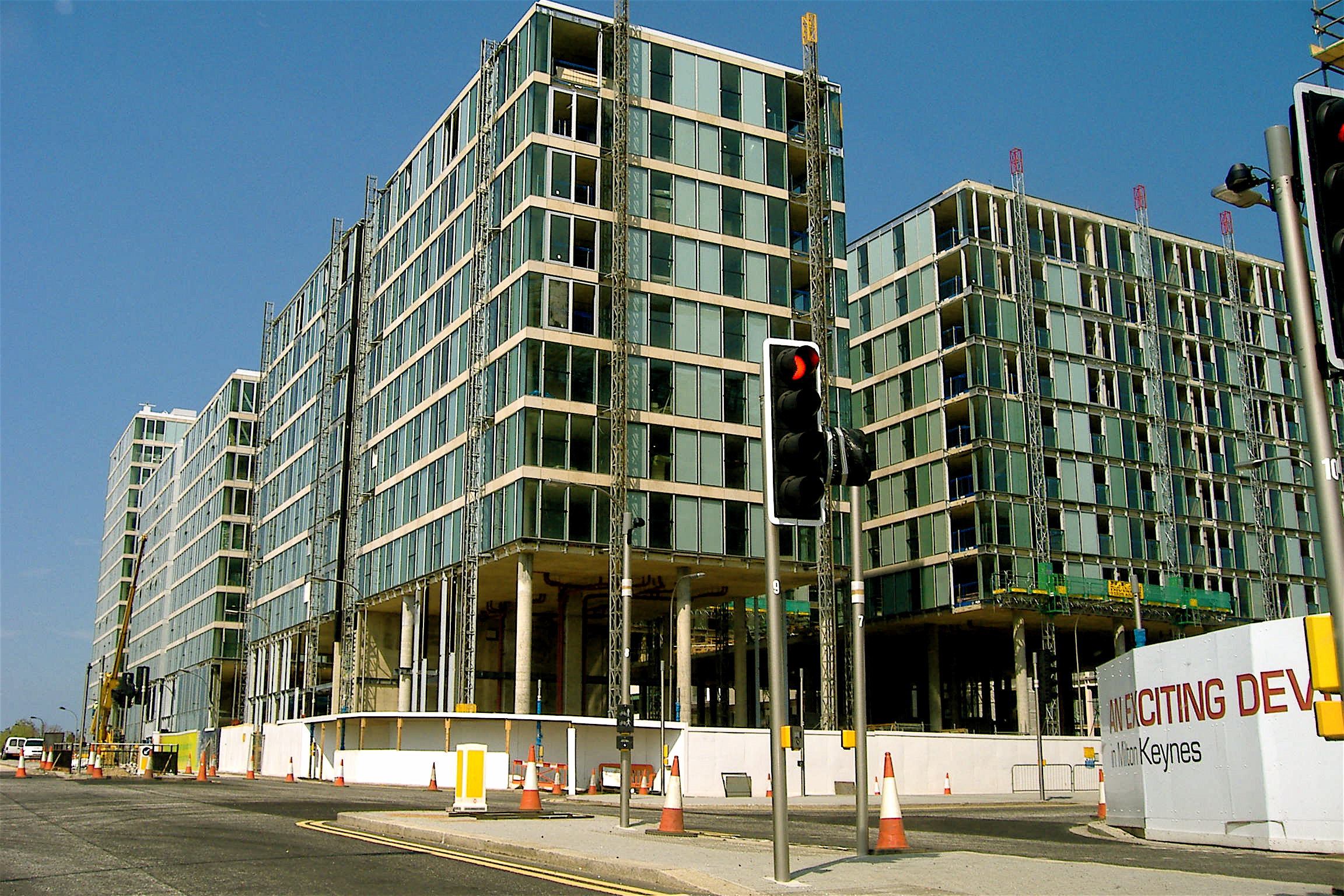
Rate and Review
Rate this video
Review this video
Log into OpenLearn to leave reviews and join in the conversation.
Video reviews